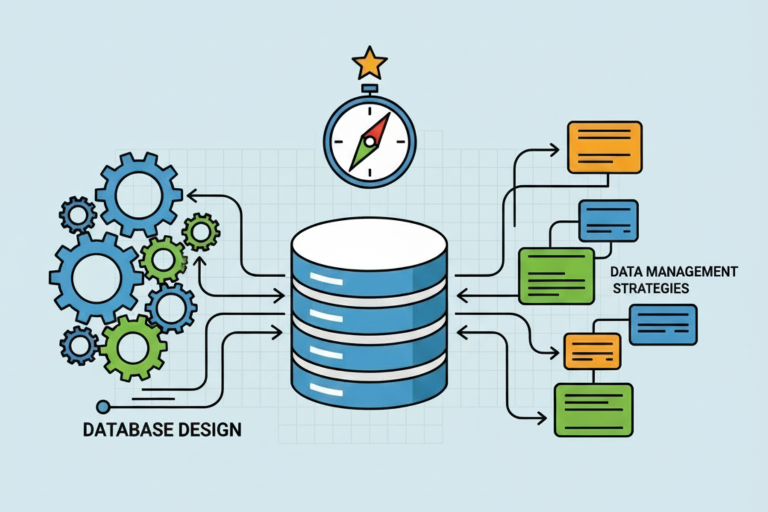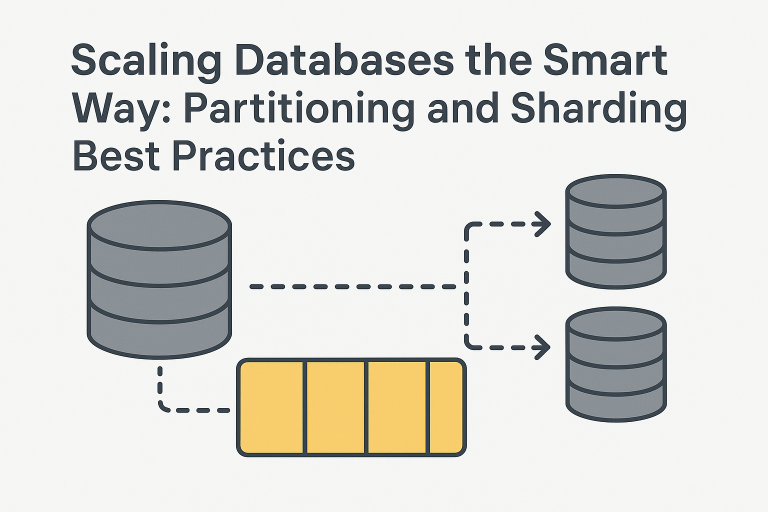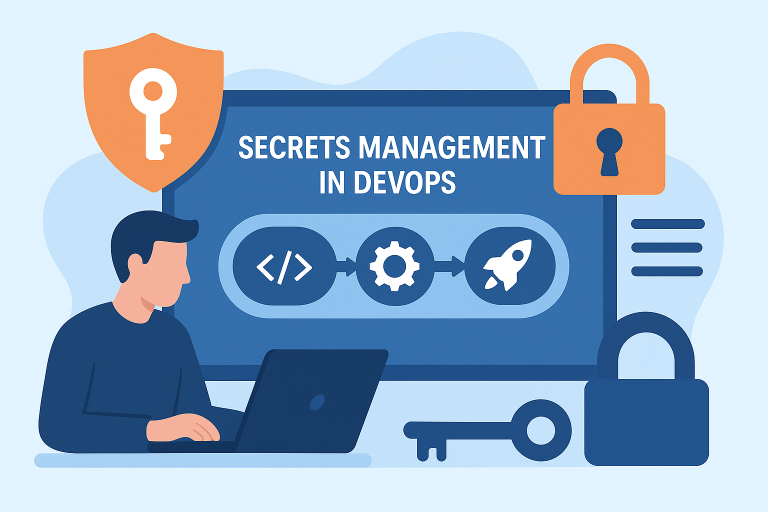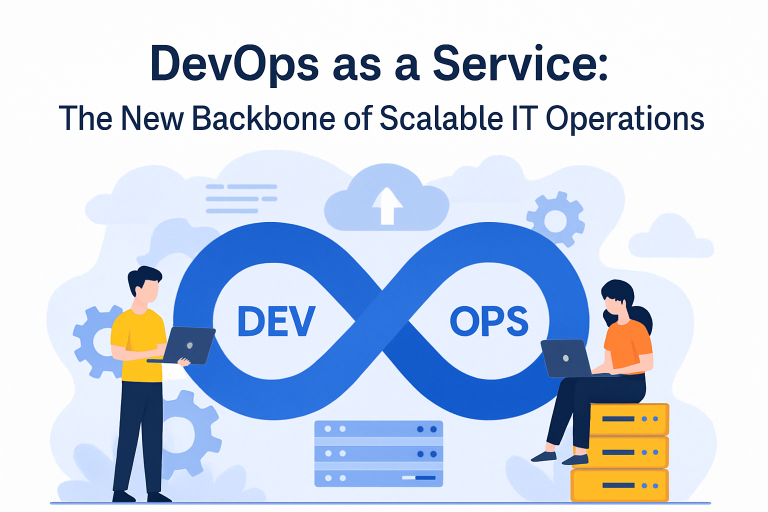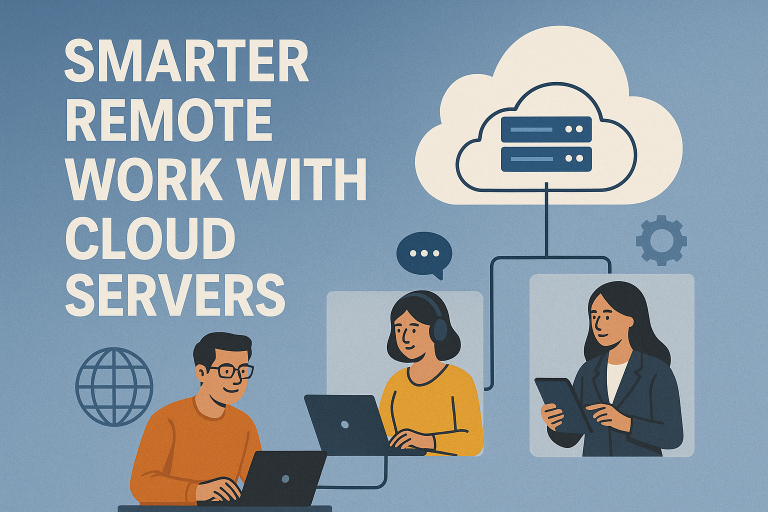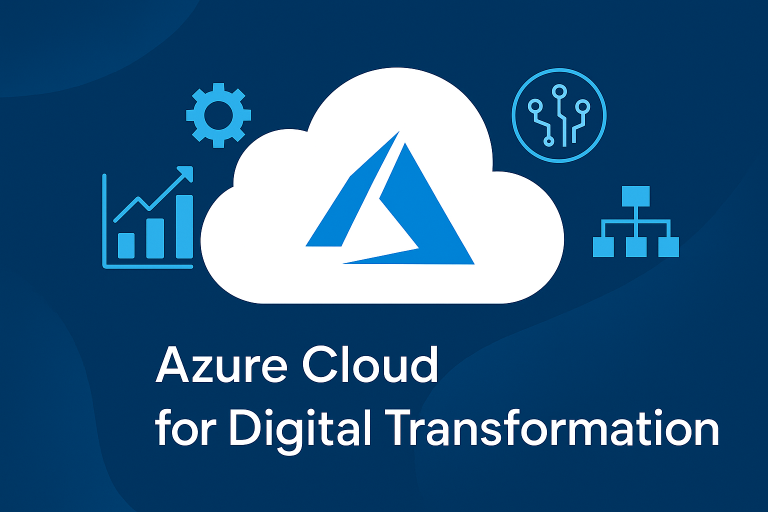
Data center migration is essential when your business and application outgrow the existing infrastructure. There are multiple reasons for data center migration, such as:
Requirement for additional storage,
Incorporation of new features and services,
To comply with new regulatory requirements,
Cost reduction, etc.
But, data center migration is not such an easy task. To accomplish this necessary task smoothly and successfully, you must plan the migration comprehensively. First, you need to understand the impact of migration on the business. You can also take the help of managed IT services and take advantage of the experience of their migration experts. There are some best practices that can make a migration effective and successful.
Eight Steps to Make Your Data Center Migration Successful
Each migration is unique and requires adequate planning and monitoring systems to ensure success. Here are eight best practices that can be useful in almost every case.
Define Your Scope
To execute a data center migration, the first step is to identify the scope of the effort. Before starting down the road of a data center migration, you have to define the scope considering the normal project components of a timeline, resources required for the effort, and budget. A well-defined scope is similarly important as an efficient plan for data center migration.
You need to comprehensively analyze and list the present business applications ready to move to the data center. Don’t miss taking inventory of the existing hardware as well. You also need to identify the network and server requirements, data owners, renew or update cycles, downtime boundaries, and any other specifics for those applications that could affect your business operations. An adequately documented form of this information needs to be ready from the beginning—It will help you to develop an effective migration strategy.
Basic Network Requirement
Before starting the migration, you must gather all information about your applications and their basic requirements to run —a comprehensive understanding of your baseline is crucial. This information is vital to ensure the testing success and improvement after the migration.
Choose the Right Hosting Partner
For the success of data center migration, you need to identify and select the right data center hosting partner. Opting for a reliable hosting partner is essential to serve you throughout the migration phase and even after. The hosting partner will also provide you with every critical resource to manage your data center migration task.
A suitable partner will help you grow over time and scale the services per your business need. Before making a contract, thoroughly investigate the resources that will actually handle your infrastructure. Don’t forget to query their escalation procedures, service-level agreements (SLAs), data center equipment, connectivity, backup electrical power, redundant networking capabilities, security incident (including physical security) and disaster recovery measures to ensure they can meet your business requirements.
Partner with a Migration Expert
You can plan a data center migration solely with your in-house staff, but partnering with a professional migration services provider is a great way to achieve fast and cost-efficient solutions. Partnering with a service provider will allow you to utilize their expertise.
This way, you can free up your internal employees to handle other tasks. Partnering with a migration expert will provide suggestions and introduce you to the best practices for planning, structuring, processing, and testing the migration. Your service partner will also prevent you from making common migration mistakes and help you achieve success easily. A migration partner will assist you in each phase of the migration project.
Evaluate Network Connectivity
For a smooth move, a stable and high-speed connection is essential. You need to ensure the bandwidth and redundancy of the network connecting the on-site business applications with the data center. Especially in areas where network disconnection or unexpected interruptions happen, you need to arrange backup connectivity that ensures your data continues to flow at the standard speed
.
You also need to be careful about the network configuration, firewall, policies, and rules that control your network infrastructure. These need to be updated to get the optimum speed and secure migration.
Identify the Right Time for Migration
Most businesses have a natural business pattern over a month or a year. So, follow the business pattern and identify the comparatively down times to avoid or minimize service interruption. You can take the help of your migration partner to find the best time for a migration. During the slow business time, you probably have free in-house resources to plan, execute that plan and conduct pre and post-migration testing to keep the effort on track and ensure success.
Empower Your Project Managers
You must appoint a project manager(s) for the migration project. Your project manager will be responsible for overseeing the completion of the migration process. The manager must have the authority to make the day-to-day decisions needed to keep the migration phases on schedule and running on time. The project manager will also help to track the risks related to the process and action items, the progress status of the project and the budget.
Pre- and Post-Migration Testing
Before the actual ‘Go-Live’, your project manager must conduct a pre-production test to ensure the compatibility and suitability of data center equipment. Pre-production testing helps identify any issues before moving equipment to the data center.
You must use the migration checklist for pre-migration and post-migration checks and try to identify any dispute that can lead to the failure of the data center migration project. Based on the pre-production testing, you can make the needed fixation and carry on with the migration process.
Post-migration testing is also essential. It will ensure the successful accomplishment of all data center migration steps. This testing comprises functional, performance, and other tests based on the type of workload(s).
Key Takeaways
Data center migration is undoubtedly a critical task, and no one should take this job lightly. All you need to do is the right level of planning, communication, and integration of these practices mentioned above to make your migration successful. Partnering with a managed IT services company can make your moving job comparatively easy, fast, and cost-efficient. And you can enjoy a seamless switchover.
